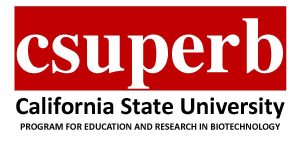The Ecological Modeling and Integration Laboratory mainly focuses on land-atmosphere interaction in a framework of Earth system modeling. The fundings are primarily from DOE, NSF, USDA, SDSU, and CSUPERB. The key research topics include
(1) Trace gas fluxes in terrestrial ecosystems, particularly methane and nitrous oxide
We use data-model integration approach to understand the production and consumption of trace gas (particularly methane and nitrous oxide) in terrestrial ecosystems and their environmental and biological controls.
(2) Microbial contribution to soil biogeochemistry
Soil microbes are the real drivers of soil biogeochemistry; we closely collaborate with microbiologists (Dr. David Lipson) and field scientists to understand how microbes contribute to soil biogeochemistry at various scales.
We are also interested how microbes evolves to specialists and generalists in terms of enzyme production. How microbes become cheaters? How this evolution contribute to soil biogeochemical cycling at ecosysem level?
Check out some preliminary output at our research website and some video clip.
(3) Ecosystem and Earth system modeling (Community Earth System Model: CESM/CLM)
Numerical modeling approach is one important method in ecology and earth system sciences. However, models are still far behind of what we have learned in the field and in the laboratory. We work hard to distill the newly obtained knowledge into theoretical understanding and further translate those into ecosystem and Earth system models. We are working hard to improve the biogeochemistry component of CLM and apply it to global change problems.
The Improved Biogeochemical Framework within CESM/CLM
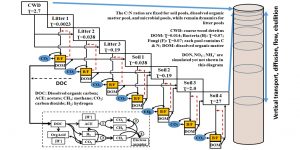
The modeling framework of soil biogeochemical cycling in CLM4.5 (revised from Koven et al., 2013)
Ongoing projects
1) Data-model integration to understanding CH4 cycling in an Alaskan tundra ecosystem and a temperate peatland (sponsored by DOE), in a temperate forest (NSF)
2) Integrating CLM-Mircobe model with observational data from five eddy covariance towers in Alaska to understand CH4 cycling during fall-winter transitional period (sponsored by NSF)
3) Modeling microbial processes at multiple scales (NSF CAREER project, sponsored by SDSU, CSUPERB)
4) Improvement of the Millennial model to investigate microbial social interactions on C, N, and P cycling (NSF & USDA)
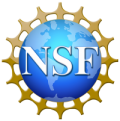 |
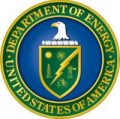 |
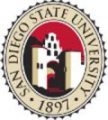 |
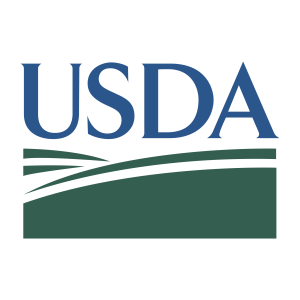 |
